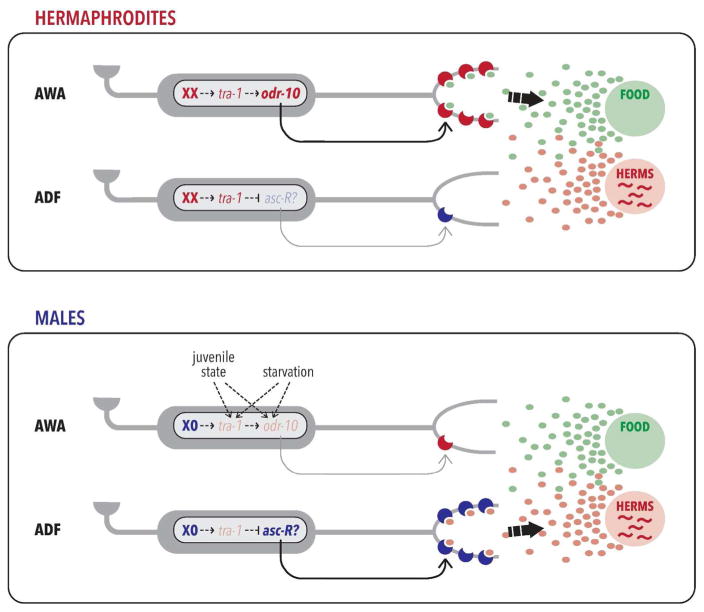Figure 2. Sensory repertoires are tuned cell-autonomously by genetic sex.
In hermaphrodites, the genetic sex of the AWA neuron triggers high levels of expression of odr-10, the receptor for the food odorant diacetyl (Ryan et al. 2014). In the ADF neuron and perhaps others, genetic sex acts cell-autonomously to inhibit sensitivity to sex pheromones (Fagan et al., in preparation), potentially also by regulating ascaroside receptor (“asc-R”) expression. The net effect of this is that food cues become more salient for hermaphrodites, promoting the prioritization of feeding behavior. In males, the state of the sex determination pathway is reversed; this inhibits odr-10 expression in AWA and increases the sensitivity of ADF and perhaps other neurons to ascaroside sex pheromones. (Dashed arrows inside the nucleus indicate indirect regulation; for simplicity, the entire pathway is not shown.) Thus, differential perception of chemosensory cues causes males to leave food and search for mates. In starved and larval males, odr-10 expression is upregulated. How these signals converge with genetic sex to regulate odr-10 remains unknown, but the effect of this regulation is to increase male attraction to food.

